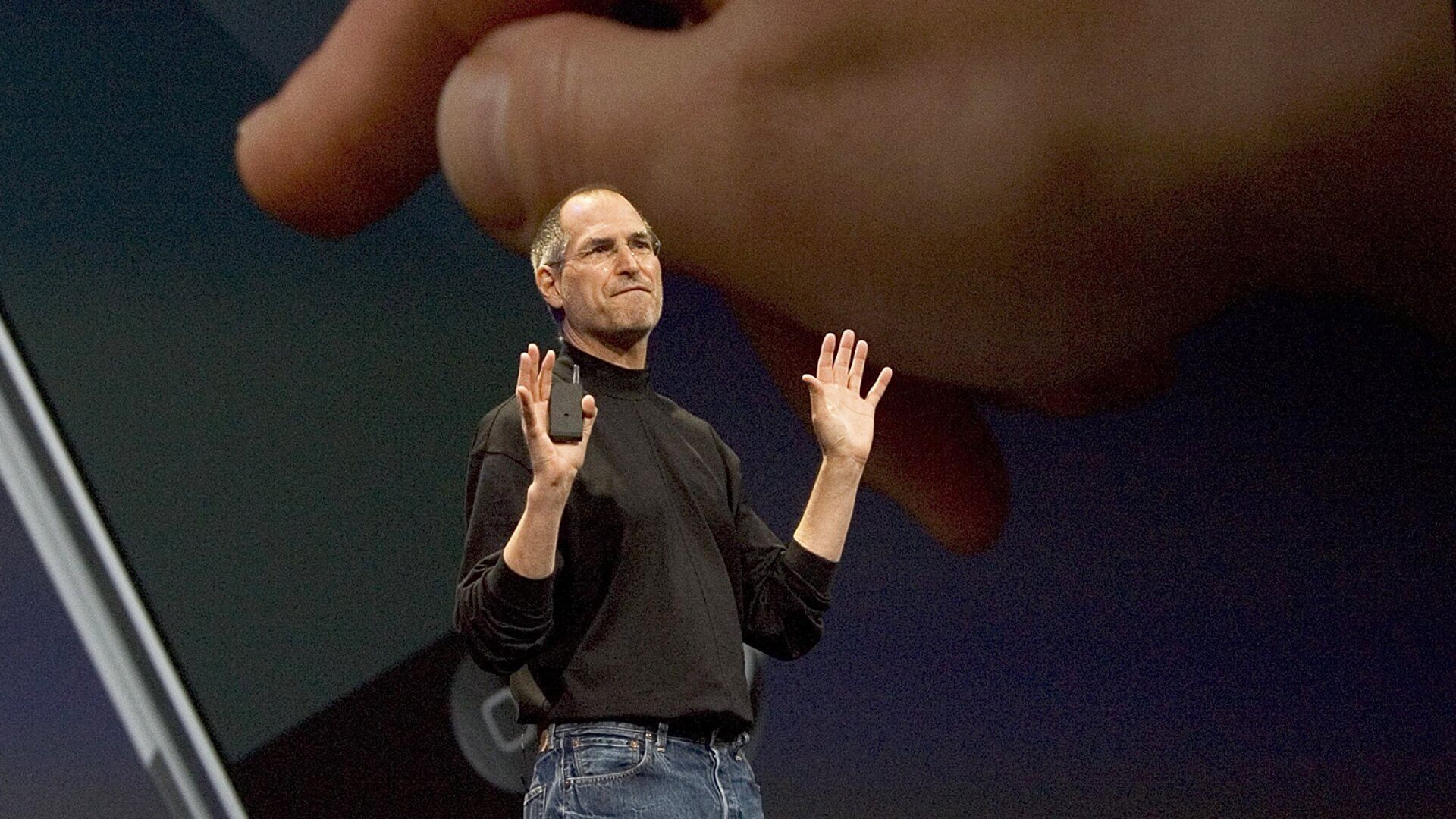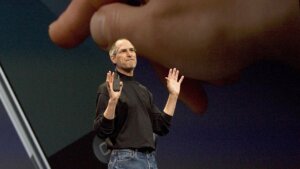Introduction: A Legacy Defined in 90 Minutes
When Steve Jobs took the stage at the Macworld Conference on January 9, 2007, the audience expected something spectacular, but what they got was historical. His presentation of the first iPhone set a new benchmark for how products could be unveiled, blending theatrical flair with meticulous detail. This keynote was not just a product launch; it was an enthralling story unfolding before an eager audience.
Crafting the Narrative: Storytelling at Its Finest
Steve Jobs was a maestro of storytelling, turning what could have been a standard technical presentation into an enthralling narrative. His opening lines set the stage for drama, positioning the iPhone not merely as a product but as a revolutionary device that would change the world. This wasn’t about specifications; it was about revolution, innovation, and the dawn of a new era. Jobs’ ability to connect emotionally, speaking to dreams and desires rather than just needs, made his message resonate on a deeply personal level.
The Art of Suspense and Surprise
Each segment of Jobs’ presentation built upon the last, maintaining an air of mystery. He teased the audience with hints and pauses, masterfully controlling the flow of information to keep the suspense alive. The climax of his presentation—the reveal of the iPhone—was not just a moment but a crescendo in his symphony of suspense. It was this build-up, followed by the reveal, that left the audience both satisfied and wanting more.
Visual Simplicity: Enhancing, Not Overpowering
Jobs’ visuals were a testament to the principle of simplicity. Each slide was crafted to support his narrative, not to overwhelm with information. The images were iconic and purposeful, with each transition smoothly supporting his storytelling. This visual strategy ensured that the focus remained on Jobs and his message, with the slides serving as a powerful but subtle backdrop.
Rehearsal and Precision: The Hallmarks of Mastery
Behind the seamless flow and apparent spontaneity of the presentation was an undercurrent of rigorous practice and precise timing. Jobs rehearsed exhaustively, ensuring that every pause, joke, and transition was delivered with precision. This meticulous preparation paid off in a delivery that seemed both effortless and perfectly timed, a hallmark of true mastery in public speaking.
Charisma and Connection: Engaging the Audience
Jobs’ presentation style was uniquely charismatic. He connected with the audience not just as potential customers but as participants in a momentous event. His enthusiasm was infectious, his confidence unshakeable. This connection was pivotal, transforming the keynote from a mere presentation into an engaging personal conversation with each member of the audience.
Conclusion: A Lesson in Presentation Excellence
Steve Jobs’ 2007 iPhone keynote remains a masterclass in presentation skills, its lessons enduring in the realms of marketing and communication. By blending storytelling, suspense, visual simplicity, meticulous preparation, and charismatic delivery, Jobs created an experience that transcended the ordinary, setting a high bar for public speaking and product launches.
Steve Jobs’ approach to this keynote is a powerful reminder of the impact a well-crafted presentation can have, not just in selling a product, but in creating a moment that stands the test of time.









